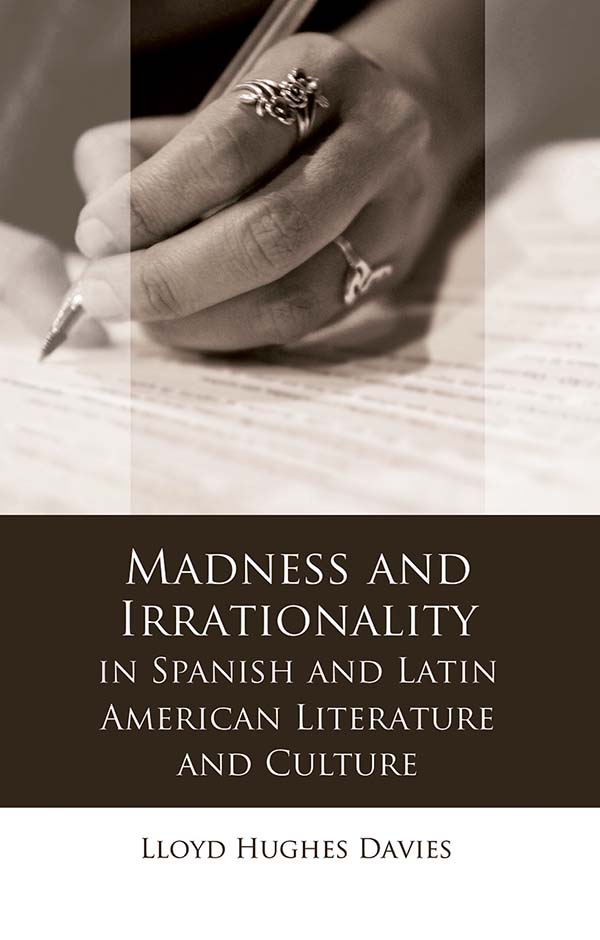Madness and Irrationality in Spanish and Latin American Literature and Culture
Author(s) Lloyd Hughes Davies
Language: English
Genre(s): Literary Criticism
Series: Iberian and Latin American Studies
- June 2020 · 272 pages ·216x138mm
- · Paperback - 9781786835758
- · eBook - pdf - 9781786835765
- · eBook - epub - 9781786835772
This is the first monograph to consider the significance of madness and irrationality in both Spanish and Spanish American literature. It considers various definitions of madness and explores the often contrasting responses, both positive (figural madness as stimulus for literary creativity) and negative (clinical madness representing spiritual confinement and sterility). The concept of national madness is explored with particular reference to Argentina, where the country’s vast expanses have been seen as conducive to madness, while the urban population of Buenos Aires is especially dependent on psychoanalytic therapy. The discussion considers both the work of lesser-known writers such as Nuria Amat, whose personal life is inflected by madness, and that of larger literary figures such as José Lezama Lima, whose poetic concepts are suffused with the irrational. The conclusion draws attention to the other side of reason as a source of possible originality in a world dominated by the tenets of logic and conventionalised thinking.
Contents
Acknowledgements
1.Introduction
2.The Concept of National Madness: the Argentine Paradigm
3.‘Voices in the Wilderness’: Conquest and Counter-conquest in Abel Posse
4.Morality, Madness, Memory: Royal Women in Fernando del Paso (Noticias del Imperio) and Lourdes Ortiz (Urraca).
5.Crime, Madness, Art: Alejandra Pizarnik and Manuel Vázquez Montalbán
6.Books about Books: Ruiz Zafón’s La sombra del viento and Pérez-Reverte’s El club Dumas
7.Self-Consciousness and Schizophrenia: the Literary World of Nuria Amat
8.Joy in Paradise: José Lezama Lima
9.Desert, Delirium, Digression: the Fictional Worlds of Juan José Saer
10.Conclusion
Bibliography
Index


